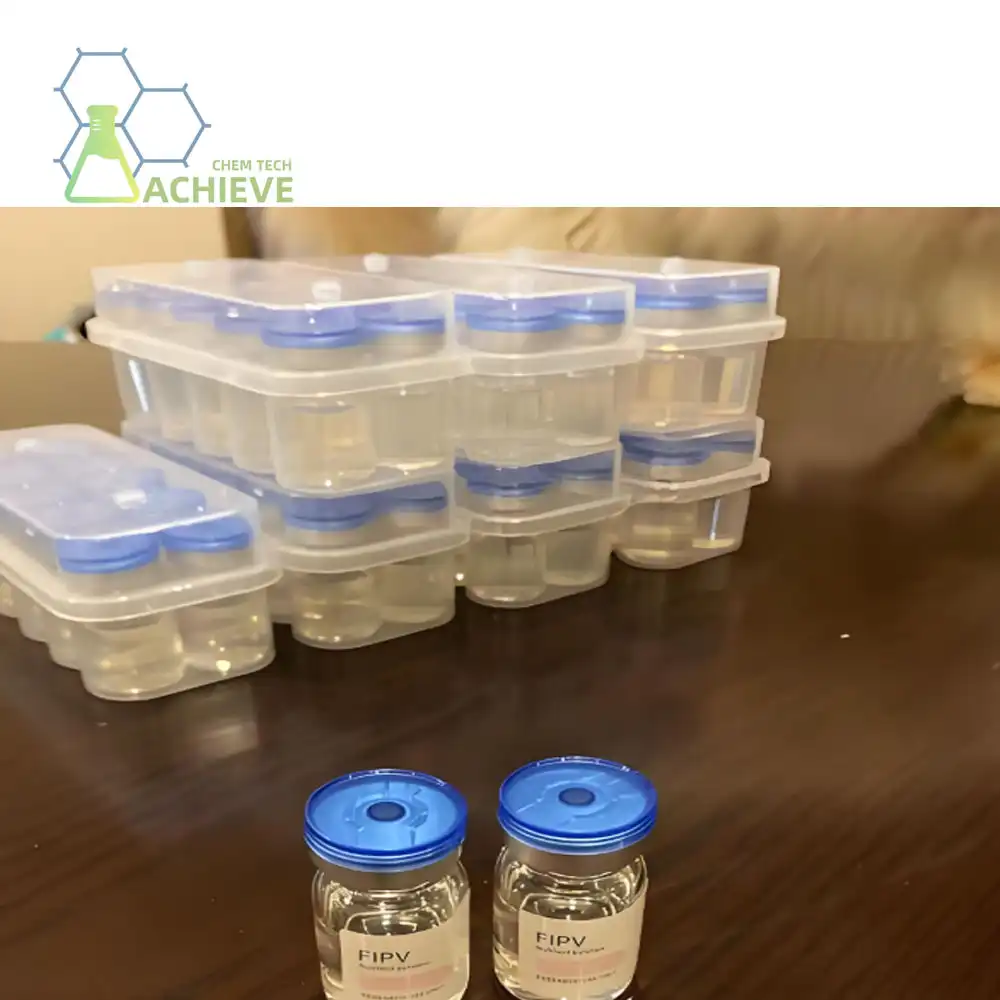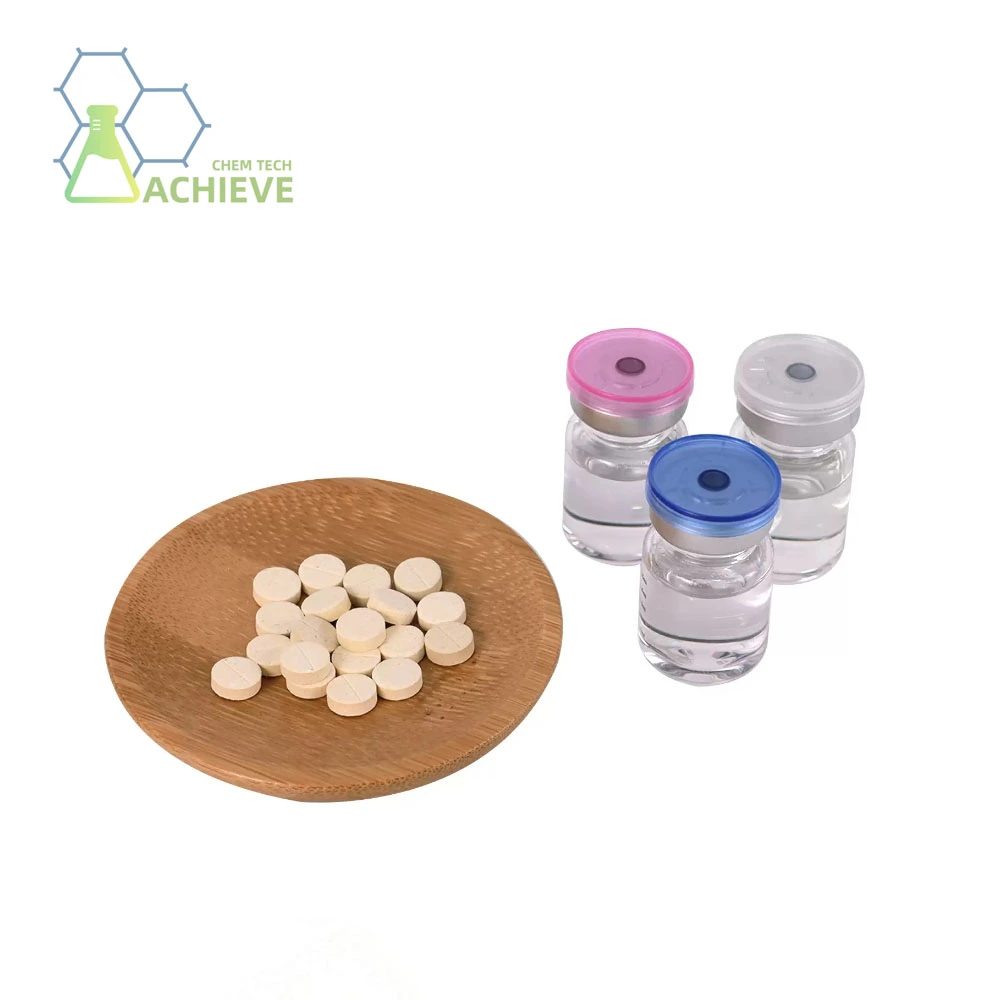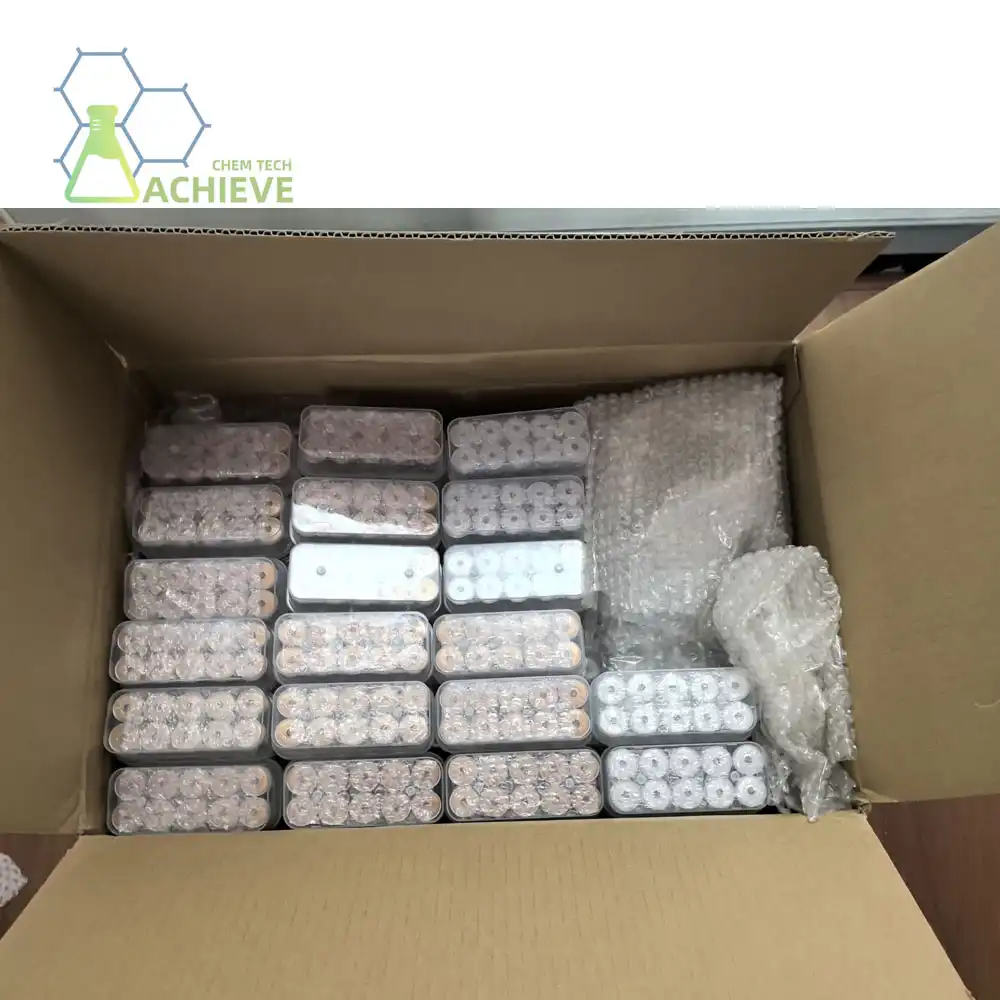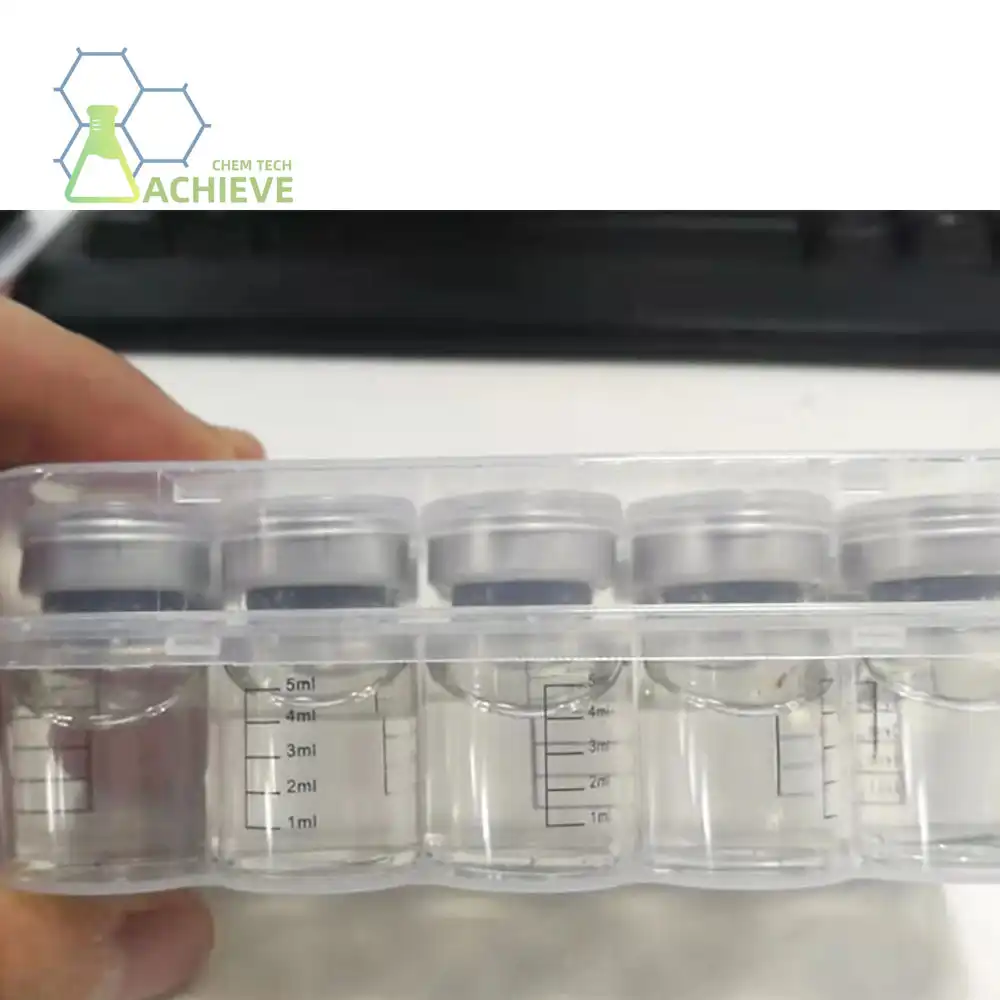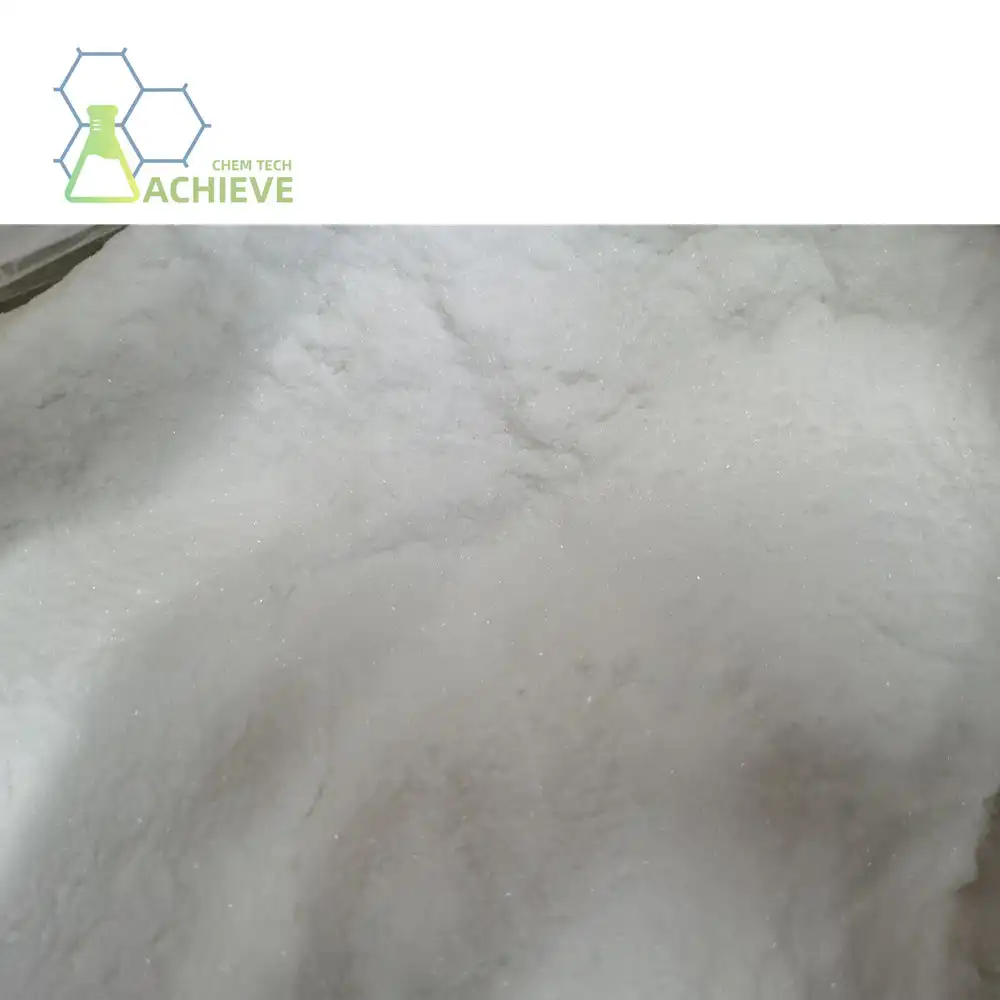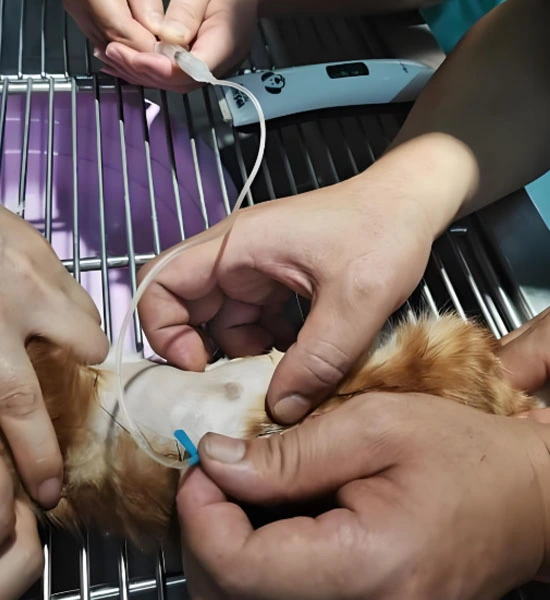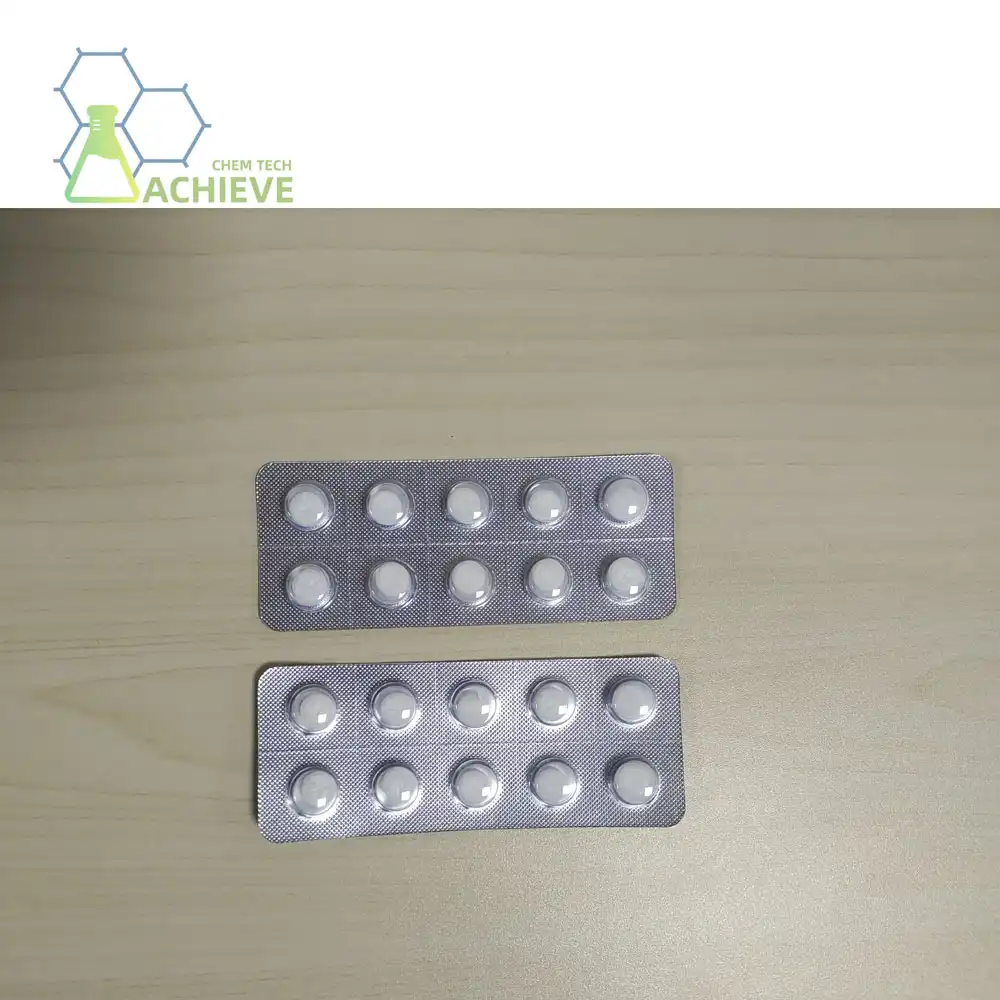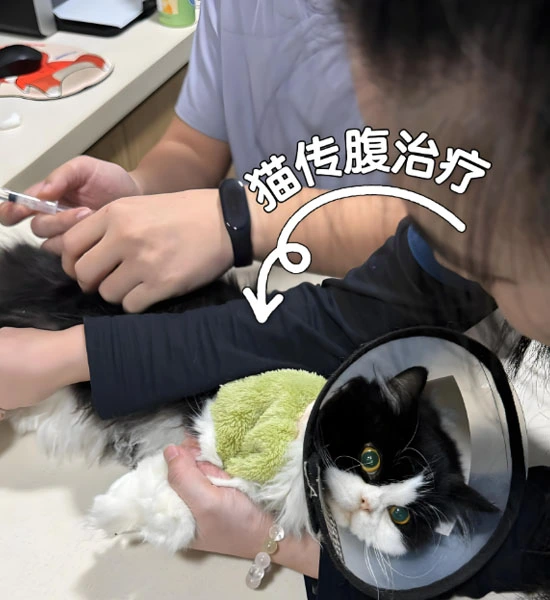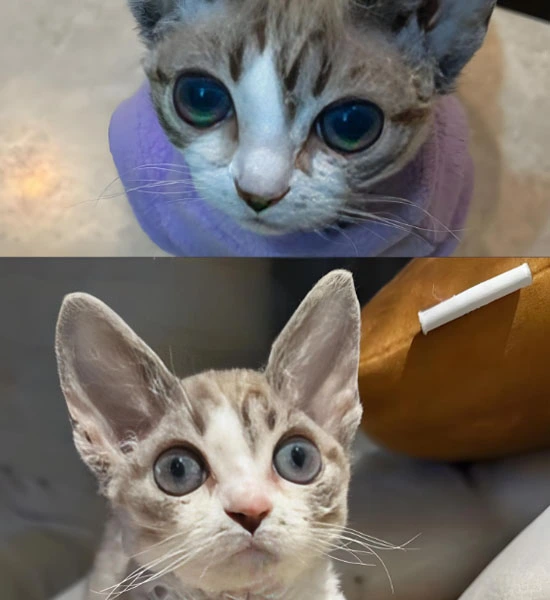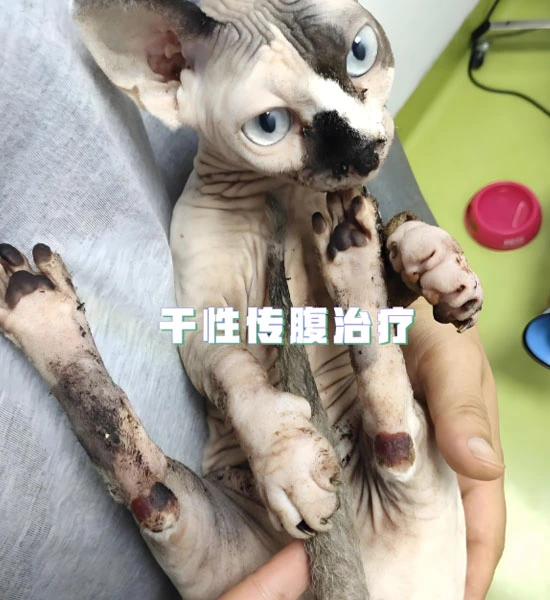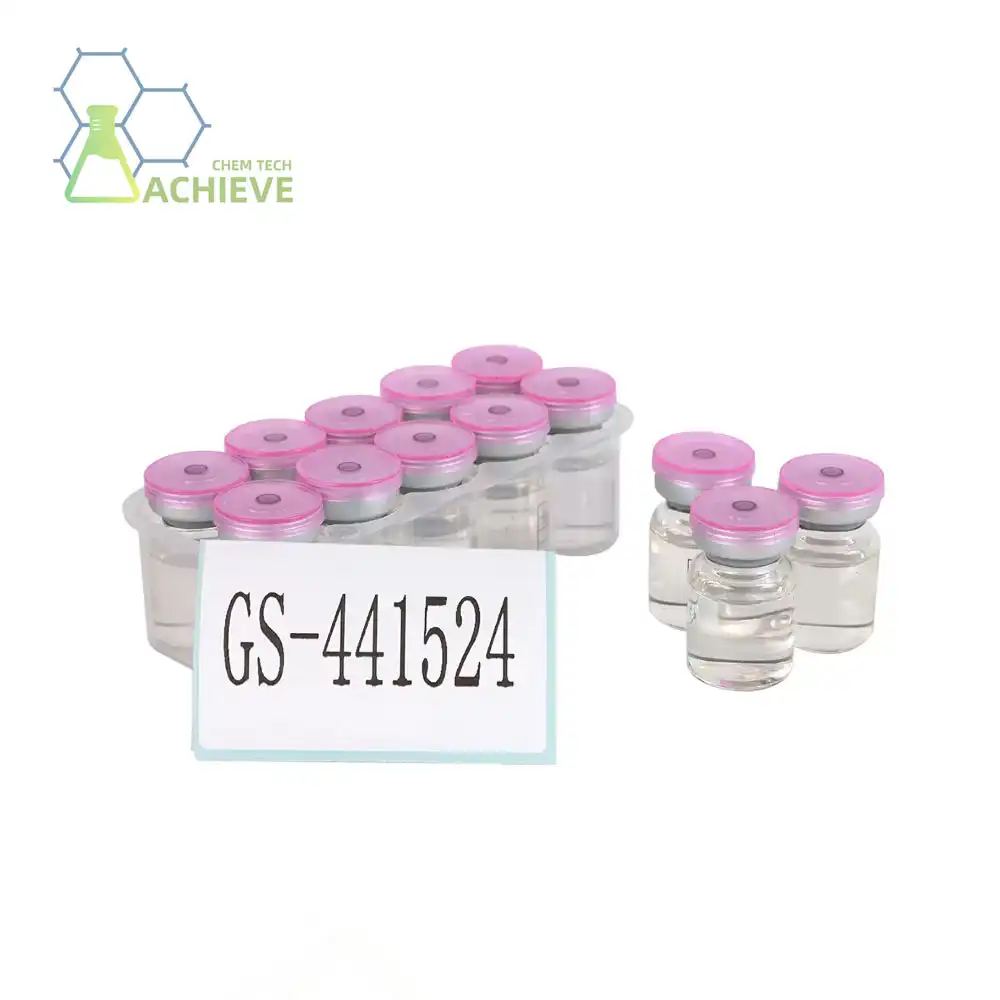Can you start treatment before a definitive (final) diagnosis of FIP?
Feline Infectious Peritonitis (FIP) is a devastating disease that affects cats worldwide. With the emergence of promising treatments like GS 441524 tablets, many cat owners are eager to begin therapy as soon as possible. However, the question arises: is it safe and advisable to start treatment before obtaining a definitive diagnosis of FIP? This article explores the complexities surrounding early intervention, the risks and benefits involved, and the considerations veterinarians and cat owners must weigh when faced with a suspected FIP case.
|
|
|
Product: https://www.bloomtechz.com/oem-odm/tablet/gs-441524-tablets.html
Early intervention with GS-441524: Risks and benefits
The advent of GS 441524 for FIP has revolutionized the treatment landscape for this once-fatal disease. This antiviral medication has shown remarkable efficacy in clinical trials and real-world cases, offering hope to countless cats and their owners. However, the decision to initiate treatment before a conclusive diagnosis is not without its complexities. Benefits of early intervention:
1. Improved prognosis: Starting treatment early in the disease course may lead to better outcomes and a higher chance of remission.
2. Preventing disease progression: FIP can progress rapidly, and early treatment may halt or slow the advancement of symptoms.
3. Emotional relief: For cat owners, commencing treatment can provide a sense of action and hope during a stressful time.
Risks of premature treatment:
1. Misdiagnosis: FIP symptoms can mimic other conditions, leading to unnecessary treatment if the diagnosis is incorrect.
2. Financial burden: GS-441524 pills and associated veterinary care can be costly, especially if treatment is initiated unnecessarily.
3. Potential side effects: While generally well-tolerated, GS-441524 may cause adverse reactions in some cats.
4. Delayed diagnosis of the actual underlying condition: If FIP is not the true cause of symptoms, starting treatment may mask or complicate the diagnosis of the real issue.
|
|
|
Presumptive FIP diagnosis: When to begin treatment
The decision to start FIP treatment based on a presumptive diagnosis is a delicate balance between the urgency of intervention and the need for diagnostic certainty. Veterinarians often rely on a combination of clinical signs, laboratory findings, and imaging results to make an educated assessment. Key factors in making a presumptive diagnosis:
1. Clinical presentation: Typical FIP symptoms include fever, weight loss, lethargy, and effusions in body cavities.
2. Blood work abnormalities: Elevated globulins, low albumin-to-globulin ratio, and anemia are common in FIP cases.
3. Imaging findings: Ultrasound may reveal abdominal effusion or organ changes consistent with FIP.
4. Exclusion of other diseases: Ruling out common differentials can increase confidence in an FIP diagnosis.
5. Age and history: Young cats with a history of stress or recent adoption are at higher risk for FIP.
When considering early treatment, veterinarians may opt for a trial therapy approach. This involves starting treatment while simultaneously pursuing definitive diagnostic tests. If the cat shows a rapid and significant improvement, it supports the FIP diagnosis and justifies continuing treatment. However, it's crucial to note that response to treatment alone is not a definitive diagnostic tool. Some cats with other conditions may show temporary improvement due to the anti-inflammatory effects of GS 441524 tablets or concurrent supportive care.
|
|
|
|
Can GS-441524 harm a cat if FIP is misdiagnosed?
One of the primary concerns when considering early treatment is the potential harm to cats who may not actually have FIP. Understanding the safety profile of GS-441524 is crucial in this context. Safety considerations:
1. Minimal systemic toxicity: GS-441524 has shown a favorable safety profile in clinical studies, with few reported systemic side effects.
2. Injection site reactions: The injectable form can cause local irritation, but this is generally mild and self-limiting.
3. Renal considerations: Mild and typically non-progressive renal changes have been observed in some cats, necessitating regular monitoring.
4. Long-term effects: As a relatively new treatment, the long-term effects of GS 441524 pills in cats without FIP are not fully known.
While the risk of harm from GS-441524 in non-FIP cats appears low, it's not zero. The primary concerns revolve around delaying appropriate treatment for the actual underlying condition and the financial and emotional toll of unnecessary treatment. Veterinarians must weigh these factors carefully:
1. Severity of symptoms: In critically ill cats, the potential benefit of early treatment may outweigh the risks.
2. Diagnostic certainty: The strength of the presumptive diagnosis should guide the decision to treat.
3. Owner preferences: Some owners may prefer a more conservative approach, while others may push for immediate treatment.
4. Availability of diagnostics: In some cases, definitive diagnostic tests may not be readily available or feasible, influencing the decision to treat empirically.
5. Treatment monitoring: Close follow-up and willingness to reassess the diagnosis if the cat doesn't respond as expected are crucial.
|
|
|
|
In conclusion, the decision to start FIP treatment before a definitive diagnosis is a complex one that requires careful consideration of multiple factors. While early intervention with GS-441524 can be life-saving for cats with FIP, it's not without risks and challenges. A thorough clinical assessment, open communication between veterinarians and cat owners, and a willingness to adjust the treatment plan based on the cat's response are essential components of navigating this difficult decision.
As research in FIP treatment continues to evolve, we may see more refined diagnostic tools and treatment protocols that help clarify this decision-making process. Until then, a balanced approach that considers both the urgency of treatment and the importance of diagnostic accuracy remains the best path forward.
For those in the pharmaceutical and chemical industries seeking high-quality GS 441524 tablets and other specialized compounds, BLOOM TECH offers top-tier solutions. With our state-of-the-art GMP-certified production facilities and expertise in complex chemical reactions, we are equipped to meet the diverse needs of our clients. To learn more about our products and how we can assist your business, please reach out to us at Sales@bloomtechz.com. Let's collaborate to advance your research and production capabilities in the fight against FIP and other challenging conditions.
References
1. Pedersen, N.C. (2022). "Feline Infectious Peritonitis: Diagnosis and Treatment in the Age of Coronavirus." Journal of Feline Medicine and Surgery, 24(1), 5-24.
2. Murphy, B.G., et al. (2021). "Treatment of Cats with Feline Infectious Peritonitis with Remdesivir and GS-441524." Viruses, 13(5), 935.
3. Addie, D.D. (2023). "Feline Infectious Peritonitis: From Diagnosis to Treatment." Veterinary Clinics of North America: Small Animal Practice, 53(2), 321-340.
4. Kim, Y., et al. (2020). "Reversal of the Progression of Fatal Coronavirus Infection in Cats by a Broad-Spectrum Coronavirus Protease Inhibitor." PLOS Pathogens, 16(3), e1008259.

Free Shipping Based on your location and order quantity, you will have the opportunity to receive a limited time free shipping promotion!

BLOOMTECHZ
